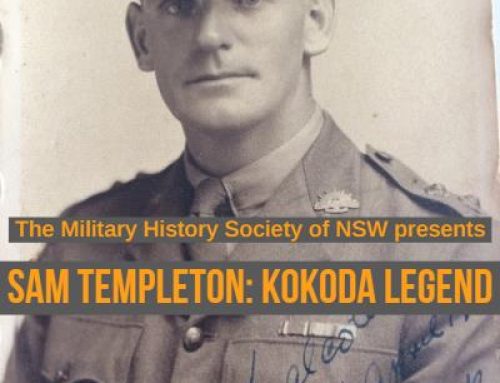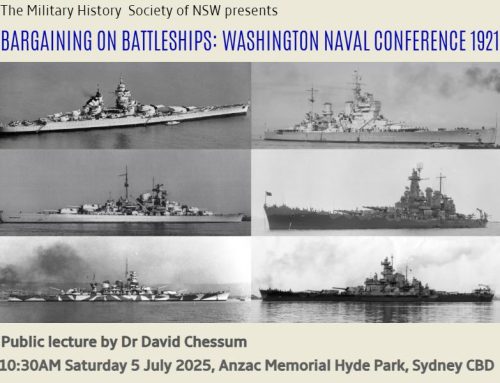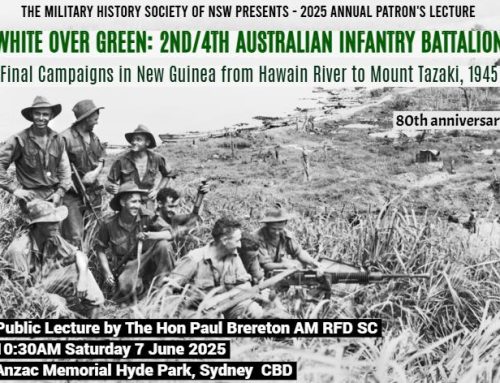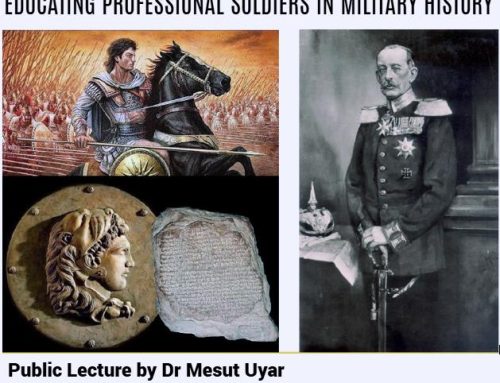Battle for Beersheba & The Ottoman III Corps
A Battle, A Legend & A List of Questions
A Public Lecture by Professor Mesut Uyar
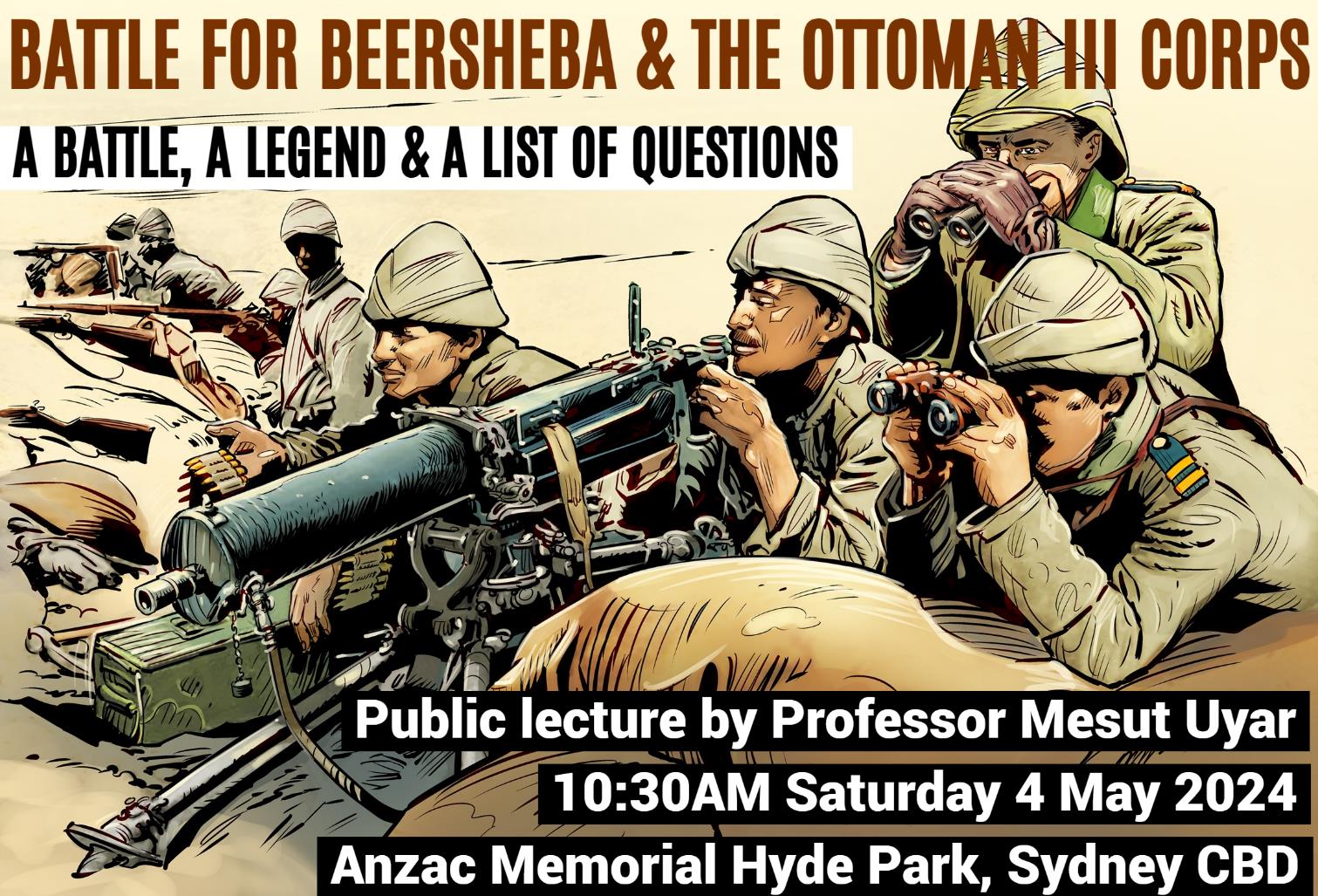 Although the centenary passed years ago, public interest in the Beersheba Battle (31 October 1917) is high in Australia. New titles appear frequently, and library shelves are moaning under the weight of them. But most of these works are just repeating well-established discourses and focus on the Australian Light Horse at the expense of others. More British Territorial soldiers fought in the battle than Australian Light horsemen and they did most of the killing and dying. It is no wonder that the Ottomans are mostly absent from this story telling if even the British are denied their rightful place. In most modern accounts, Ottoman troops have been described as passive defenders, only reacting to Australian actions and nothing more.
Although the centenary passed years ago, public interest in the Beersheba Battle (31 October 1917) is high in Australia. New titles appear frequently, and library shelves are moaning under the weight of them. But most of these works are just repeating well-established discourses and focus on the Australian Light Horse at the expense of others. More British Territorial soldiers fought in the battle than Australian Light horsemen and they did most of the killing and dying. It is no wonder that the Ottomans are mostly absent from this story telling if even the British are denied their rightful place. In most modern accounts, Ottoman troops have been described as passive defenders, only reacting to Australian actions and nothing more.
This lecture is an attempt to tell and describe what happened ‘on the other side of the hill’ and answer some of the resilient questions by putting the battle into the context of the Palestine Campaign and WW1 as a whole. The Beersheba Battle was part of a series of battles fought on a secondary front of a global war. The Australians fought as a part of British Imperial Forces. In addition to Australians and New Zealanders there were soldiers from the British Isles, India, Egypt (labourers) and even Pacific and Caribbean islands. The Ottoman units were composed of not only Turks but also Arabs, Kurds, Circassians, Albanians and other nationalities. Because WW1 was a giant struggle between two alliances, the Germans and Austro-Hungarians, though in small numbers, played roles. The French wanted to take part but for imperialistic reasons the British tried to minimise their contribution. This was not a battle between two nations, Australians against Turks, but between two large multinational empires which were, at the same time, members of great alliances.
About the Presenter
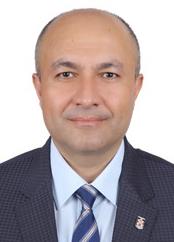 Professor Mesut Uyar is a military historian and war studies expert. He is a graduate of the Turkish Military Academy (1991). He got an MA in politics and a PhD in international relations at Istanbul University. During his military career he served as a platoon leader and company and battalion commander in various infantry units, completing several tours as a United Nations military observer in Georgia and as a staff officer in Afghanistan and Bosnia. He served as an associate professor at the Turkish Military Academy for ten years and the University of New South Wales for five years. He is currently professor of international relations at Antalya Bilim University in Turkey. He is the author or co-author of The Ottoman Army and the First World War (Routledge, 2022); The Phaseline Attila: The Amphibious Campaign for Cyprus, 1974 (Marine Corps University Press, 2020); The Ottoman Defence against the Anzac Landing: 25 April 1915 (Australian Army History Unit Campaign Series, 2015); A Military History of the Ottomans: From Osman to Atatürk (Praeger, 2009); and numerous articles and book chapters. His book about the Gaza Battles will be published by the Australian Army History Unit soon.
Professor Mesut Uyar is a military historian and war studies expert. He is a graduate of the Turkish Military Academy (1991). He got an MA in politics and a PhD in international relations at Istanbul University. During his military career he served as a platoon leader and company and battalion commander in various infantry units, completing several tours as a United Nations military observer in Georgia and as a staff officer in Afghanistan and Bosnia. He served as an associate professor at the Turkish Military Academy for ten years and the University of New South Wales for five years. He is currently professor of international relations at Antalya Bilim University in Turkey. He is the author or co-author of The Ottoman Army and the First World War (Routledge, 2022); The Phaseline Attila: The Amphibious Campaign for Cyprus, 1974 (Marine Corps University Press, 2020); The Ottoman Defence against the Anzac Landing: 25 April 1915 (Australian Army History Unit Campaign Series, 2015); A Military History of the Ottomans: From Osman to Atatürk (Praeger, 2009); and numerous articles and book chapters. His book about the Gaza Battles will be published by the Australian Army History Unit soon.


